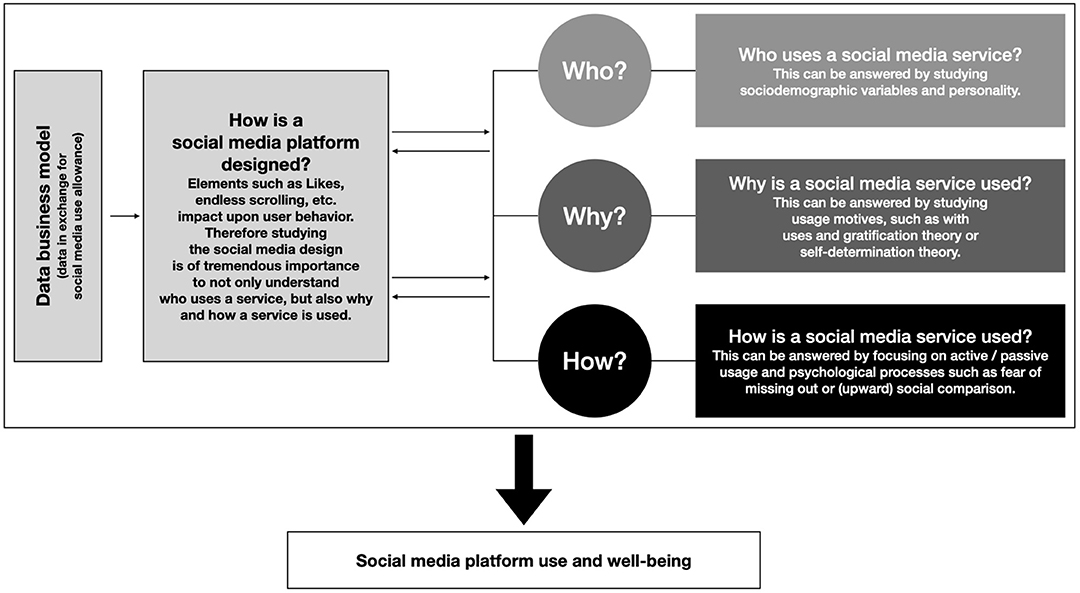

The trend to adopt CSR may represent an opportunity for greater engagement and involvement by groups mostly ignored until now by the wave of corporate economic growth reshaping the industrialized world. Stakeholder communities left out of or directly harmed by the economic revolution have demanded that they be able to influence corporate and governmental economic practices to benefit more directly from corporate growth as well as entrepreneurship opportunities. Kate Chopin’s novel The Awakening (1899) and the nineteenth-century novels of Jane Austen had already outlined how limited options were for women despite massive social and economic shifts in the industrializing West. waterways in her 1962 book Silent Spring.īetty Friedan’s The Feminine Mystique (1963) critiqued the way twentieth-century industrialization boxed women into traditional roles and limited their agency. Rachel Carson first brought public attention to corporation’s chemical poisoning of U.S. The twentieth-century writer Chinua Achebe, among many others, wrote about colonization and its transformative and often painful effect on African cultures. Charles Dickens wrote about the effects of the coal economy on nineteenth-century England and shaped the way we think about the early industrial revolution. It can be framed as a response to the backlash corporations face for a long track record of harming environments and communities in their efforts to be more efficient and profitable. This is especially true for stakeholders that have typically been given low priority and little voice, such as the natural environment and community members who live near corporate sites and manufacturing facilities.ĬSR in its ideal form focuses managers on demonstrating the social good of their new products and endeavors. CSR, when conducted in good faith, is beneficial to corporations and their stakeholders.

Many corporations work on prosocial endeavors and share that information with their customers and the communities where they do business. In recent years, many organizations have embraced corporate social responsibility (CSR), a philosophy (introduced in Why Ethics Matter,) in which the company’s expected actions include not only producing a reliable product, charging a fair price with fair profit margins, and paying a fair wage to employees, but also caring for the environment and acting on other social concerns. This section examines the concept of a corporation as a socially responsible entity conscious of the influences it has on society. Negative impacts may include doing damage to the environment, forcing the exit of smaller competitors, and offering poor customer service, to name a few. Creating a positive impact in these communities may mean providing jobs, strengthening economies, or driving innovation. Corporations, by their sheer size, affect their local, regional, national, and global communities. That is, we look at the role companies, and large corporations in particular, play as active stakeholders in communities. This section focuses on the business firm as a stakeholder in its environment and examines the concept of a corporation as a socially responsible entity conscious of the influences it has on society. Thus far, we have discussed stakeholders mostly as individuals and groups outside the organization. Explain why CSR ultimately benefits both companies and their stakeholders.Compare the sincere application of CSR and its use as merely a public relations tool.Define corporate social responsibility and the triple bottom line approach.By the end of this section, you will be able to:


 0 kommentar(er)
0 kommentar(er)
